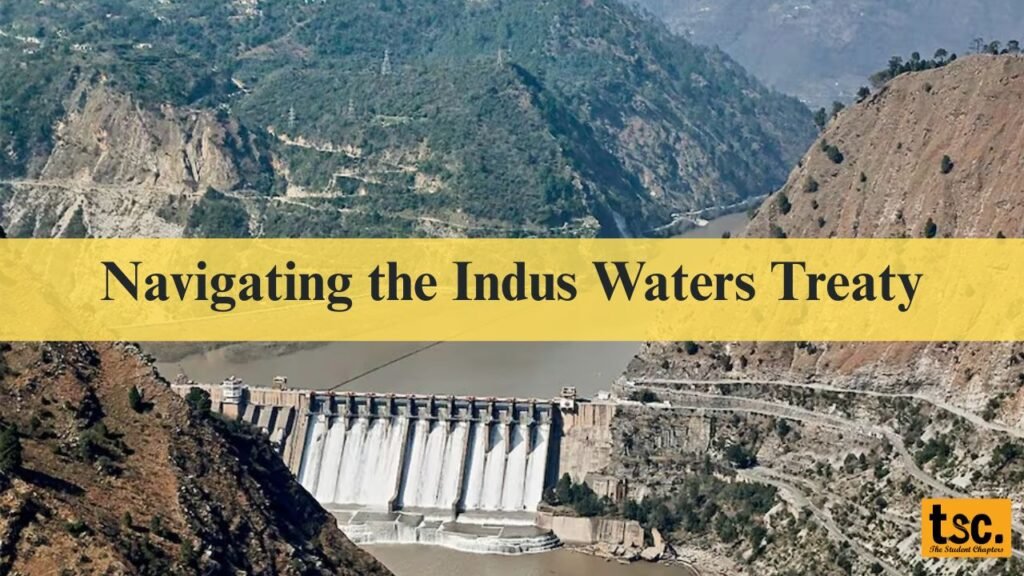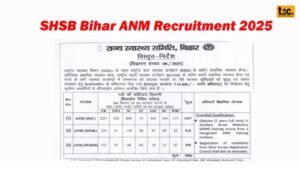Navigating the Indus Waters Treaty

Navigating the Indus Waters Treaty
Navigating the Indus Waters Treaty. The Indus Waters Treaty (IWT) is a water-sharing agreement between India and Pakistan, brokered by the World Bank and signed in 1960. It’s often cited as one of the most successful water-sharing treaties in the world, even surviving several wars between the two nations.
Background of the Indus Waters Treaty
- Signed On: September 19, 1960
- Signatories: India, Pakistan, and the World Bank (as a guarantor)
- Rivers Covered:
- Western Rivers: Indus, Jhelum, Chenab — allocated to Pakistan
- Eastern Rivers: Ravi, Beas, Sutlej — allocated to India
India retains limited usage rights over the Western rivers for:
- Domestic use
- Non-consumptive uses (like navigation and fisheries)
- Agricultural use (within specified limits)
- Run-of-the-river hydroelectric projects (without storage)
Legal Framework and Provisions
1. Division of Rivers
- Article II: Allocates the Eastern rivers to India
- Article III: Allocates the Western rivers to Pakistan, but allows India restricted non-consumptive use
2. Permanent Indus Commission (PIC)
- A bilateral body with a commissioner from each country
- Mandated to:
- Exchange river flow data
- Inspect infrastructure projects
- Resolve minor disputes
3. Dispute Resolution Mechanism
- Three-tiered structure:
- PIC Negotiation
- Neutral Expert (appointed by the World Bank) for technical disputes
- Court of Arbitration for legal or treaty interpretation disputes
4. India’s Rights on Western Rivers
- Can build run-of-the-river hydroelectric projects with specified design limits (no storage)
- Must ensure minimum disruption to flow and no adverse effect on Pakistan’s share
5. Obligations
- Both countries are to avoid any actions that would reduce the water availability to the other side beyond agreed terms
- Regular data exchange and site inspections are required
Recent Developments
- Kishanganga and Ratle Projects: Contentious hydro projects by India on Western rivers; challenged by Pakistan
- In 2023, India issued a notice for modification of the treaty, citing Pakistan’s repeated refusal to resolve disputes through the prescribed mechanisms.
- The World Bank has paused arbitration and is attempting to mediate through concurrent processes.
Indian Legal Viewpoint
India treats the IWT as a binding international treaty, governed under Article 51 of the Indian Constitution (promotion of international peace and honor of international law). However, there are calls for a review in light of:
- National security concerns
- Changing geopolitical dynamics
- Climate change and water scarcity
Relevant Laws and Provisions
- The Indian Easements Act, 1882 – governs private rights over water
- Environment Protection Act, 1986 – for water impact assessments of projects
- River Boards Act, 1956 – enables inter-state coordination (though not invoked much for international treaties)
- International Watercourses Law (Customary Law + UN Convention 1997) – not binding on India but provides guiding principles (equitable use, no harm)
Thus, this articles is Navigating the Indus Waters Treaty of India.
Stay tuned on our website as if any official information pops up then we will update you in minutes! If you want all the latest updates on time then join our student community on WhatsApp!
Choose the right career yourself by booking personal guidance from professionals on Mytagapp.com









